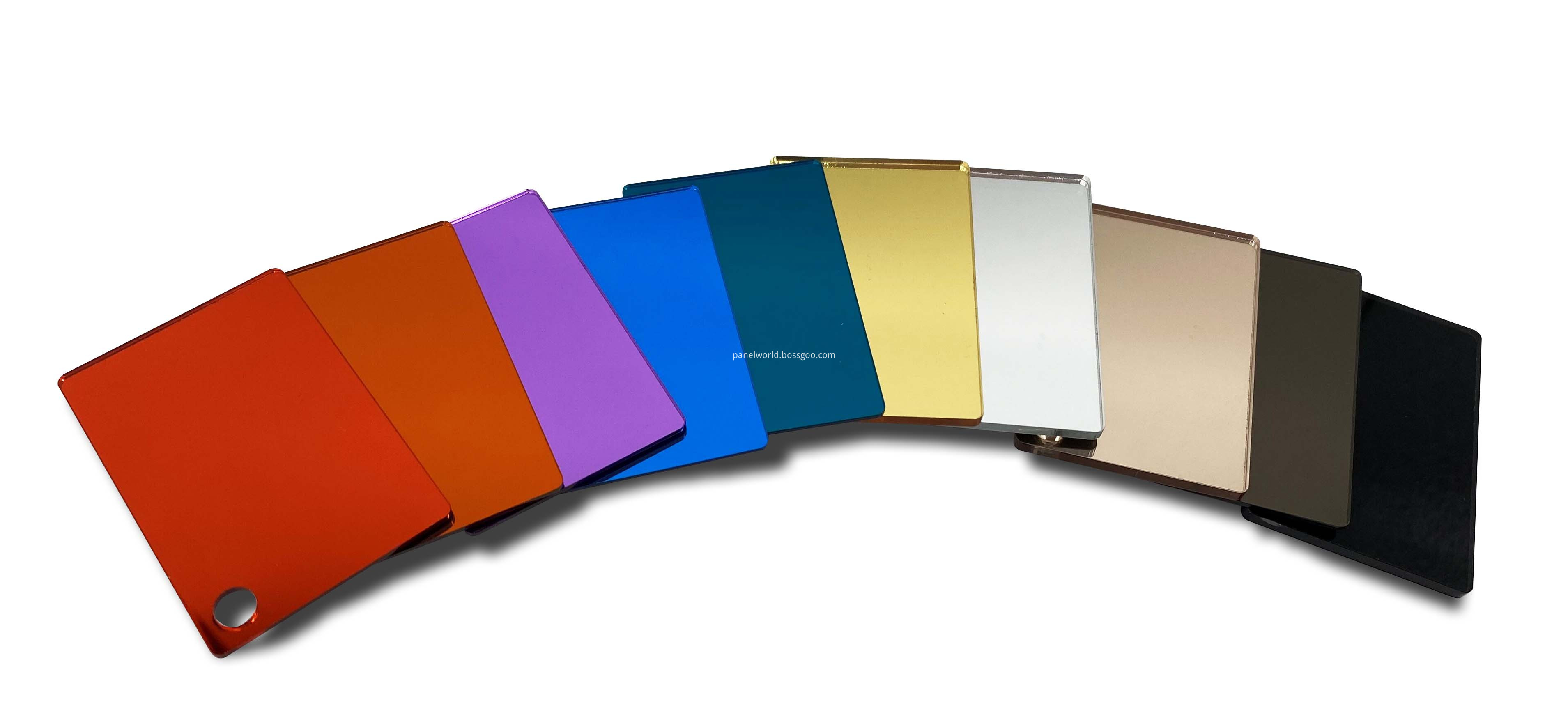The Ministry of Commerce today announced the final ruling on anti-dumping investigations of imported caprolactam originating in the European Union and the United States. The investigation authority ultimately ruled that during the investigation period of this case, there was dumping of imported caprolactam originating in the EU and the United States, and the Chinese domestic industry suffered substantial damage, and there was a causal relationship between dumping and substantial damage.
Since October 22, 2011, anti-dumping duties have been levied on imports of caprolactam from the European Union and the United States with an implementation period of five years. The anti-dumping rates of EU companies are as follows: DSM Fibers Intermediates, 2.3%, LANXESS Belgium, 3.4%, Ube Chemicals Europe, Ltd., 2.6%, BASF Antwerp, 3.1%, Dowme, 3.2%, and Poland's Arzottotano. 4.9% of the company, 4.4% of Poland's Powai Co., Ltd. and 25.5% of other EU companies. The anti-dumping rates for US companies are: 2.2% for DSM Chemicals North America, 3.6% for Honeywell Resins and Chemicals, 2.5% for BASF USA, and 24.2% for other US companies.
On April 22, 2010, the Ministry of Commerce decided to initiate an anti-dumping investigation against imported caprolactam originating from the European Union and the United States (hereinafter referred to as the investigated product). On January 24, 2011, the investigation agency issued a preliminary announcement that initially identified the import of caprolactam originating in the EU and the United States as dumping. The caprolactam industry in China was substantially damaged, and there was a causal relationship between dumping and substantial damage.
Mirror Acrylic Plexiglass Sheet
Acrylic mirror sheets
Lightweight, impact-resistant, shatter-resistant mirrored acrylic sheets are cheaper and more durable than glass. Flexibility makes it superior to glass, and the range of colors available makes it an ideal material for a variety of applications and industries. Applications you may not be considering include use in decorative furniture and cabinetry making, signage, POP/ retail/store fixtures, and display, decoration and interior design applications. Acrylic mirror panels can also be cut, drilled, shaped and thermoformed.

Cutting acrylic mirror plate
Measure and mark where you want to cut
Make a shallow cut in the paper with a carving knife
Place the acrylic mirror side up
Place the part with the shallow cut on the edge of the surface
Quickly and steadily bend the sheet so that it folds into a straight, clean edge.
Note: You can also purchase acrylic mirrors in cut sizes from us.
Acrylic mirror material
Acrylic mirrors are made of acrylic plastic. Through the vacuum metallization process, acrylic is constantly processed, so that the plastic has a mirror finish.
Can you bend an acrylic mirror?
Yes, acrylic mirrors can bend. The thinner an acrylic mirror is, the more elastic it is, but its elasticity is limited before it breaks. To further shape, acrylic mirrors can be cold bent into a curved shape, or heated to create a sharper bend.
Can acrylic mirrors deform?
Acrylic mirror we recommend to place it on a solid frame or surface, can avoid bending deformation.
Panels Acrylic Mirrors,Acrylic Big Mirrors, Panel Mirror,Mirror Panels Acrylic
Aluminum Sheets, Acrylic Plexiglass Sheet, Polypropylene sheets, PVC Foam Board Sheet, Aluminum Composite Panel , https://www.decoratepanel.com
![<?echo $_SERVER['SERVER_NAME'];?>](/template/twentyseventeen/skin/images/header.jpg)